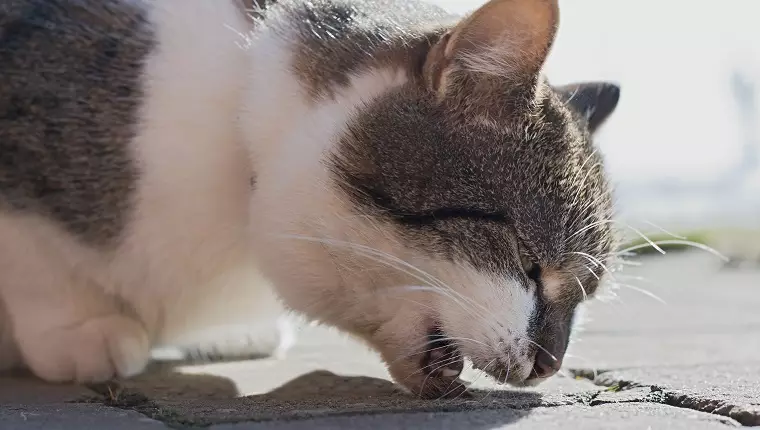As cat owners, we often find ourselves on the receiving end of peculiar sights, sounds, and smells that our feline friends bring into our lives. One of the most infamous issues encountered is hairballs. Whether you view them as a mere annoyance or a serious health issue, understanding hairballs is essential for any responsible cat owner. Let’s explore what causes hairballs, their potential health implications, and tips for prevention and management.
Hairballs, medically referred to as trichobezoars, are the result of the grooming habits of cats. Cats possess a unique grooming mechanism due to their rough tongues, which act like a brush to remove loose fur and debris. In the process of grooming, it’s inevitable that some of this loose hair finds its way into the cat’s stomach. While much of it is usually eliminated through the digestive tract, it sometimes accumulates, forming a dense mass that the cat must expel.
Typically shaped like a long tube, hairballs can vary in size and are often expelled through vomiting. Though frequent hairball occurrence might be a common experience for many cat owners, several underlying factors can exacerbate this issue.
Several factors contribute to a cat’s propensity to form hairballs. The type of coat is significant—long-haired cats or those that shed excessively may find themselves dealing with this issue more than their short-haired counterparts. As cats age, their grooming habits tend to become more meticulous, leading to an increased possibility of hair ingestion.
Beyond normal grooming, certain medical conditions like allergies, skin irritations, or parasitic infestations (such as fleas) can prompt excessive grooming behaviors, further elevating the risk of hairball formation. Therefore, understanding your cat’s grooming habits and how they relate to their overall health is crucial for managing hairball occurrences effectively.
Cat owners should be attentive to their pets’ behavior when it comes to hairballs. It’s somewhat normal for cats to occasionally gag or attempt to vomit, particularly if they are trying to expel a hairball. However, if you notice that your cat is persistently hacking, or if they are vomiting frequently without producing a hairball, it may indicate an underlying issue.
In addition to the characteristic sounds of gagging, other signs may include loss of appetite, lethargy, and changes in bowel movements. If your feline companion exhibits these symptoms, it is essential to consult a veterinarian promptly to rule out any serious conditions that might be causing distress.
While hairballs may be unavoidable to some extent, there are proactive steps that can be taken to manage and reduce their frequency. Here are some effective strategies to consider:
1. **Regular Grooming**: Taking the time to brush your cat frequently is one of the most effective measures. By reducing the amount of loose hair available for your cat to ingest, you can help minimize hairball formation.
2. **Nutritional Choices**: The diet you provide for your cat can impact shedding and hairball formation. Some cat foods are specially formulated with higher fiber content, which can support healthy digestion and help eliminate hairballs more effectively.
3. **Hydration Matters**: Ensuring your cat stays well-hydrated is vital for digestive health. Cats that drink sufficient water tend to have healthier digestive tracts, which may aid in the natural passage of hairballs. Consider using a cat water fountain to encourage increased water intake.
4. **Engaging Activities**: Providing your cat with toys and stimulating playtime can help reduce the likelihood of excessive grooming. A well-exercised cat is often a healthier cat, which may lead to fewer instances of hairballs.
Although hairballs themselves are generally benign, they can lead to more severe complications if not addressed properly. Any time you notice excessive vomiting or changes in your cat’s appetite and behavior, a visit to the veterinarian is warranted. In some rare cases, surgical intervention may be necessary if a hairball becomes lodged in the digestive tract.
As cat owners, being informed about hairballs is vital to ensuring the well-being of our feline companions. By recognizing the causes, symptoms, and prevention methods associated with hairball formation, you can contribute to your cat’s health and comfort, ultimately leading to a happier pet and a cleaner home. Don’t hesitate to reach out to your vet for personalized advice tailored to your furry friend’s needs.
